Parrot Cage Essentials: How to Make a Heartwarming Home
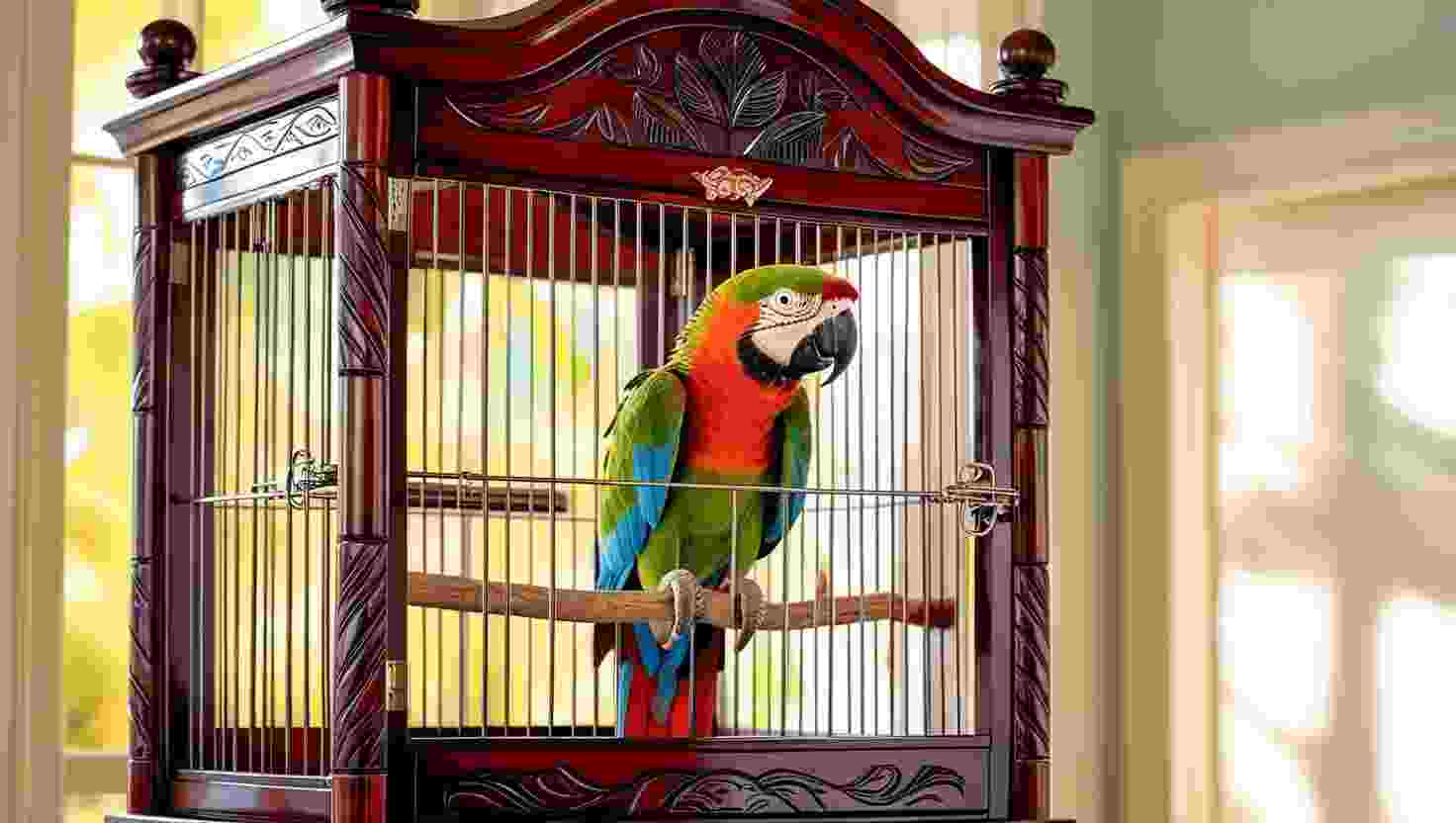
Table of Contents
When it comes to providing the best home for your feathered friend, selecting the right parrot cage is one of the most important decisions you’ll make as a bird owner. A properly chosen parakeet cage isn’t just a place for your bird to sleep—it’s their primary living space, playground, dining area, and safe haven all in one.
In this comprehensive guide, we’ll walk you through everything you need to know about parakeet cages—from understanding why the right aviary matters to selecting the perfect size, material, and features for your specific bird species. Whether you’re a first-time parrot owner or looking to upgrade your current setup, this guide will help you make informed decisions to keep your feathered companion healthy, happy, and thriving.
Why is a Good Parrot Cage Important?
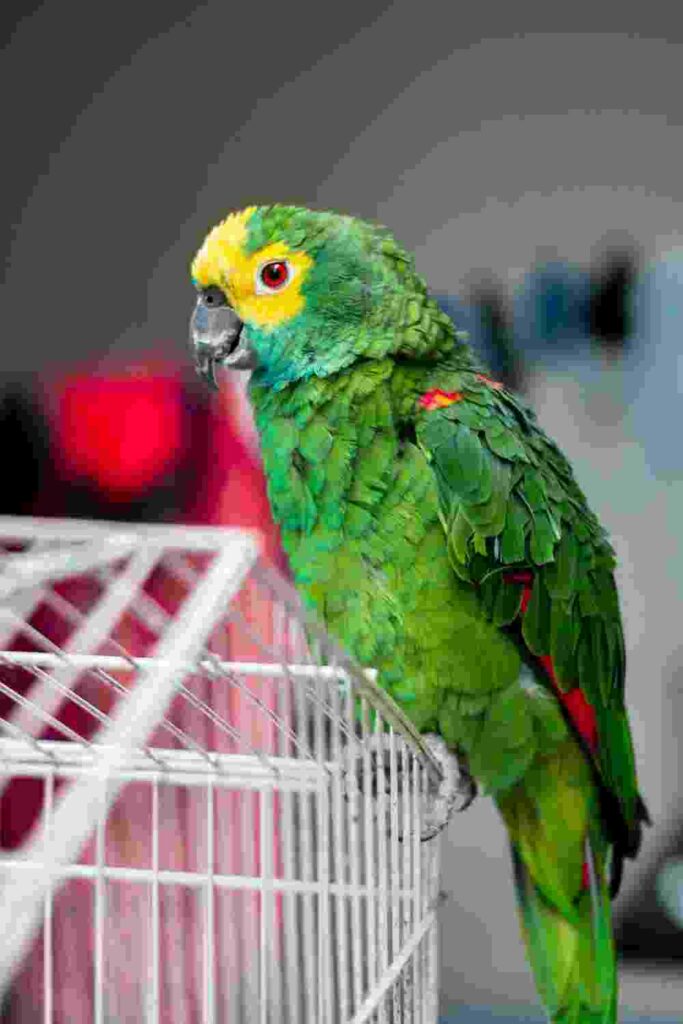
The importance of a quality parakeet cage extends far beyond simply containing your bird. Let’s explore why investing in the right aviary is crucial:
Physical Health Benefits
A properly sized parakeet cage allows your bird to stretch their wings, fly short distances, climb, and exercise—all essential activities for maintaining muscle tone, cardiovascular health, and preventing obesity. Birds confined to cages that are too small often develop muscle atrophy, decreased mobility, and related health issues.
Additionally, a well-designed aviary with appropriate perches helps prevent foot problems like bumblefoot, arthritis, and pressure sores by encouraging natural foot positioning and regular movement.
Mental Health Benefits
Parrots are highly intelligent creatures that need mental stimulation and a sense of security. A proper cage provides:
- A secure territory that helps your parrot feel safe and reduces anxiety
- Adequate space for toys and activities that prevent boredom
- Room for natural behaviors like foraging, climbing, and playing
- A comfortable retreat when they need personal space
Behavioral Benefits
The right aviary environment significantly impacts your parrot’s behavior. A properly set up parakeet cage can:
- Reduce stress-related behaviors like feather plucking and excessive screaming
- Create opportunities for positive reinforcement through proper toy placement
- Promote natural behaviors instead of destructive ones
- Provide appropriate boundaries that help with training and socialization
Key Considerations When Choosing a Parrot Cage

Parrot Species & Size
Perhaps the most critical factor in selecting the right cage is understanding the specific needs of your parrot species. Here’s a breakdown of common pet parrots and their aviary requirements:
Small Parrots (Budgies, Lovebirds, Parrotlets)
- Minimum cage size: 18″ × 18″ × 18″
- Ideal cage size: 24″ × 24″ × 24″ or larger
- Bar spacing: ¼” to ½”
- Notes: Though small, these active birds benefit greatly from horizontal space for flying
Medium Parrots (Cockatiels, Conures, Quakers)
- Minimum cage size: 24″ × 24″ × 24″
- Ideal cage size: 36″ × 24″ × 36″ or larger
- Bar spacing: ½” to ⅝”
- Notes: Conures are particularly active climbers and need plenty of vertical space
Medium-Large Parrots (Caiques, Pionus, Small Amazons)
- Minimum cage size: 36″ × 24″ × 36″
- Ideal aviary size: 36″ × 36″ × 48″ or larger
- Bar spacing: ⅝” to ¾”
- Notes: These birds need substantial space for movement and play
Large Parrots (African Greys, Amazons, Cockatoos)
- Minimum cage size: 36″ × 36″ × 48″
- Ideal aviary size: 48″ × 36″ × 60″ or larger
- Bar spacing: ¾” to 1″
- Notes: These intelligent birds require extra space for enrichment and mental stimulation
Extra Large Parrots (Macaws, Large Cockatoos)
- Minimum cage size: 48″ × 36″ × 60″
- Ideal aviary size: 60″ × 48″ × 72″ or larger
- Bar spacing: 1″ to 1.5″
- Notes: These majestic birds need substantial space; many experts recommend walk-in aviaries when possible
Cage Size & Dimensions
When determining appropriate cage size, consider these calculations:
- Width: At minimum, 1.5 times your bird’s wingspan on each side
- Height: At least 3 times your bird’s length from head to tail
- Volume: Calculate the cubic feet (L × W × H) and aim for at least 27 cubic feet for medium birds and 64+ cubic feet for large species
Remember that these are minimum requirements—larger is always better when it comes to parakeet cages. When in doubt, choose the largest aviary your space and budget allow.
Cage Bar Spacing
Incorrect bar spacing presents serious safety hazards:
- Bars too wide: Risk of head entrapment or escape
- Bars too narrow: Difficulty climbing and potentially catching toes
| Parrot Type | Appropriate Bar Spacing |
|---|---|
| Budgies/Lovebirds | ¼” – ½” |
| Cockatiels/Conures | ½” – ⅝” |
| Amazons/Greys | ¾” – 1″ |
| Macaws/Large Cockatoos | 1″ – 1.5″ |
Cage Material
The material of your parakeet cage affects both safety and durability:
Stainless Steel
- Pros: Extremely durable, non-toxic, easiest to clean, won’t rust or chip
- Cons: Most expensive option
Powder-Coated Steel
- Pros: Good durability, attractive color options, reasonably priced
- Cons: Can chip over time, revealing potentially toxic metals underneath
Wrought Iron
- Pros: Very strong, good for larger birds
- Cons: Heavier, can rust if coating is compromised
Chrome-Plated
- Pros: Affordable, lightweight
- Cons: Less durable, can chip exposing dangerous metals
Materials to Avoid:
- Cages with zinc or lead components (toxic if ingested)
- Painted cages with non-bird-safe paint
- Wooden cages (difficult to clean and sanitize)
- Plastic cages (easily destroyed by larger parrots)
Cage Shape
Different aviary shapes offer various advantages:
Rectangular/Square Cages
- Pros: Maximize usable space, easier to place against walls
- Cons: May lack visual interest compared to fancy shapes
Dome-Top Cages
- Pros: Extra vertical space, aesthetic appeal
- Cons: The dome portion may be less usable for perching
Play-Top Cages
- Pros: Built-in play area, encourages time outside the aviary
- Cons: Higher cost, larger footprint
Round Cages
- Pros: None—actually detrimental to birds
- Cons: Disorienting for birds, provides no corners for security, generally avoided by experts
Cage Features
Perches
- Materials: Natural wood, rope, concrete (for nail maintenance)
- Placement: Various heights and positions, away from food/water to prevent contamination
- Size: Should allow the bird’s feet to wrap approximately 2/3 around the perch
Food and Water Bowls
- Materials: Stainless steel or ceramic (avoid plastic for regular use)
- Placement: Accessible but not under perches
- Number: Minimum of two food bowls plus separate water bowl
Doors and Locks
- Security: Parrot-proof locks that birds cannot manipulate
- Size: Large enough for comfortable access, small enough to prevent accidental escape
- Type: Sliding doors generally more secure than swing-out doors
Trays and Grates
- Removable for easy cleaning
- Grates to prevent access to droppings
- Deep enough to contain debris
Seed Catchers/Skirts
- Pros: Reduce mess around the cage
- Cons: Additional cleaning required, may restrict air circulation
Safety Considerations
Toxic Materials
- Avoid zinc, lead, and copper components
- Watch for toxic paint or coatings
- No Teflon/non-stick coatings
Structure Safety
- No sharp edges or protruding wire ends
- Secure welding at all joints
- No pinch points where toes could be caught
Environmental Safety
- Place away from drafts, direct sunlight, and temperature fluctuations
- Keep away from kitchens (Teflon fumes are deadly to birds)
- Position away from windows where predators might be visible
Types of Parrot Cages
Flight Cages
These wider-than-tall cages allow birds to fly horizontally, which is especially beneficial for species that naturally fly more than they climb.
- Best for: Budgies, canaries, finches, and other small active flyers
- Features: Multiple perches at same height, long horizontal dimension
Play-Top Cages
These cages feature a play area on top with perches, ladders, and toy hooks.
- Best for: Medium to large parrots that enjoy time outside their aviary
- Features: Built-in play gym, food/water cups for outside time
Travel Cages
Smaller, lightweight cages designed for transportation.
- Best for: Vet visits, short trips
- Features: Secure, easy to carry, simple to clean
Breeding Cages
Specially designed for breeding pairs with nest box attachments.
- Best for: Breeding projects only
- Features: Nest box access, divider options, specialized feeding stations
Setting Up Your Parrot Cage
Optimal Placement
- Away from drafts, direct sunlight, and temperature fluctuations
- In a room where the family spends time (but not kitchens)
- Against a wall to provide security
- Near a window for natural light (but not in direct sun)
Internal Arrangement
- Place perches at varying heights and positions
- Position food and water dishes for easy access but not under perches
- Arrange toys for maximum engagement without overcrowding
- Create different “zones” for sleeping, playing, and eating
Creating a Stimulating Environment
- Rotate toys weekly to prevent boredom
- Include various textures and types of toys (foraging, shredding, puzzles)
- Provide natural branches when possible for varied foot positions
- Consider incorporating foraging opportunities to stimulate natural behaviors
Maintaining Your Parrot Cage
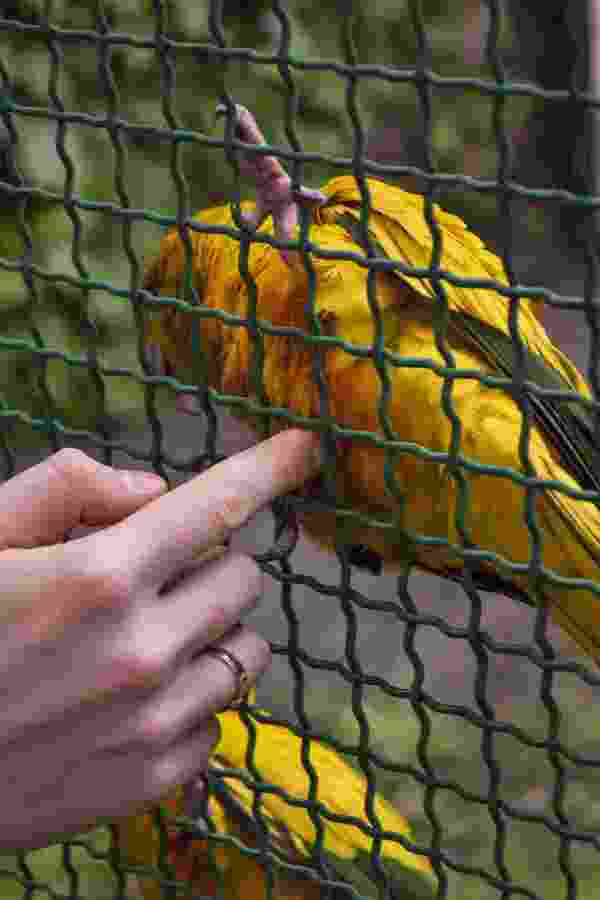
Daily Cleaning
- Change food and water
- Wipe down visibly soiled surfaces
- Remove and replace soiled paper/bedding
- Spot clean perches and toys as needed
Weekly Cleaning
- Remove and clean all perches
- Sanitize food and water dishes
- Wipe down all cage bars and surfaces
- Replace all substrate/paper
Monthly Deep Cleaning
- Disassemble aviary if possible
- Scrub all components with bird-safe cleaners
- Pay special attention to corners and crevices
- Allow to dry completely before reassembling
Bird-Safe Cleaning Products
- Diluted vinegar solution (1:3 vinegar to water)
- Commercial bird-safe disinfectants
- Steam cleaning for stubborn debris
- Avoid: Bleach, ammonia, and chemical cleaners
Troubleshooting Common Parrot Cage Problems
Parrot Chewing on Cage
- Possible causes: Boredom, mineral deficiency, behavioral issue
- Solutions: More toys, correct diet, positive reinforcement training
Parrot Refusing to Enter Cage
- Possible causes: Negative associations, lack of comfort
- Solutions: Make aviary more appealing, never force entry, use positive reinforcement
Cage Aggression
- Possible causes: Territoriality, hormonal behavior, fear
- Solutions: Target training, rearranging cage setup, professional behavioral consultation
Cage Odors
- Possible causes: Inadequate cleaning, respiratory infection
- Solutions: Improved cleaning routine, veterinary check-up if persistent
Buying a Parrot Cage
Where to Buy
- Specialty Bird Stores: Offer expertise and quality cages specifically designed for parrots
- Online Retailers: Wider selection but inspect carefully upon arrival
- Pet Supply Chains: Convenient but often limited selection for larger species
Considerations for Used Cages
- Thoroughly inspect for damage, rust, or chipping paint
- Clean and disinfect extensively before use
- Verify all dimensions and bar spacing are appropriate
- Check for any recalls or safety issues with older models
Cost of a parakeet Cage
Price Ranges by Cage Type
- Small parrot cages: $50-$150
- Medium parakeet cages: $150-$300
- Large parakeet cages: $300-$800
- Extra-large/custom cages: $800-$2000+
Factors Affecting Price
- Size and material quality
- Brand reputation
- Special features (play-tops, seed catchers)
- Durability and warranty
Budgeting Tips
- Invest in the best cage you can afford
- Consider future needs if your bird is young
- Factor in shipping costs for online purchases
- Remember that a quality aviary is an investment in your bird’s health
Conclusion
Choosing the right parrot cage is one of the most important decisions you’ll make for your feathered companion’s health, happiness, and longevity. By understanding your specific bird’s needs and providing a spacious, safe, and stimulating environment, you’re setting the foundation for a wonderful relationship with your parrot.
Remember that the aviary you select will be your bird’s primary home for many years to come. Taking the time to research and invest in a quality parakeet cage now will pay dividends in your bird’s wellbeing throughout its life.
Have questions about selecting the perfect parakeet aviary for your specific bird? Need personalized recommendations? Our team of avian experts is here to help! Browse our selection of premium parrot cages or contact us today for tailored advice to ensure your feathered friend has the perfect home.
This guide was carefully researched to provide the most accurate and helpful information for parrot owners. Remember that individual birds may have unique needs, and consulting with an avian veterinarian is always recommended when setting up your bird’s living environment.

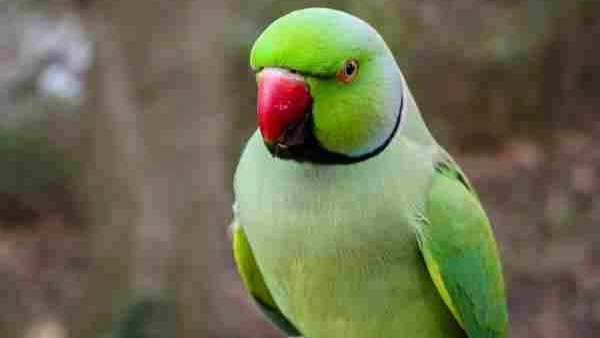
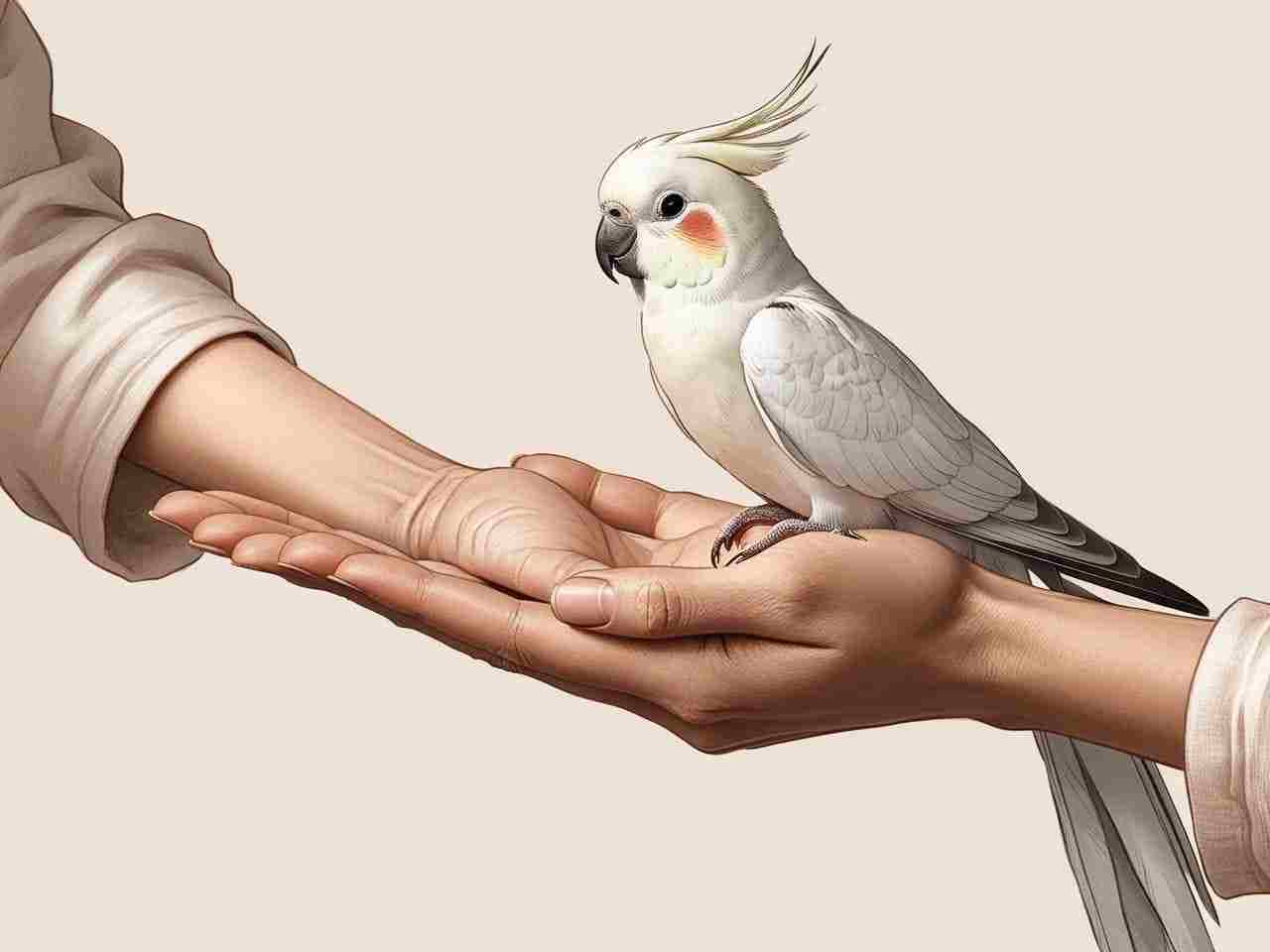
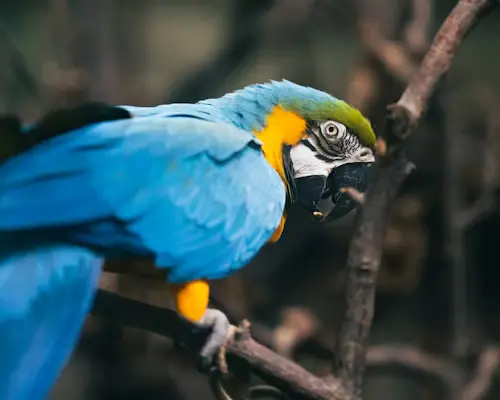
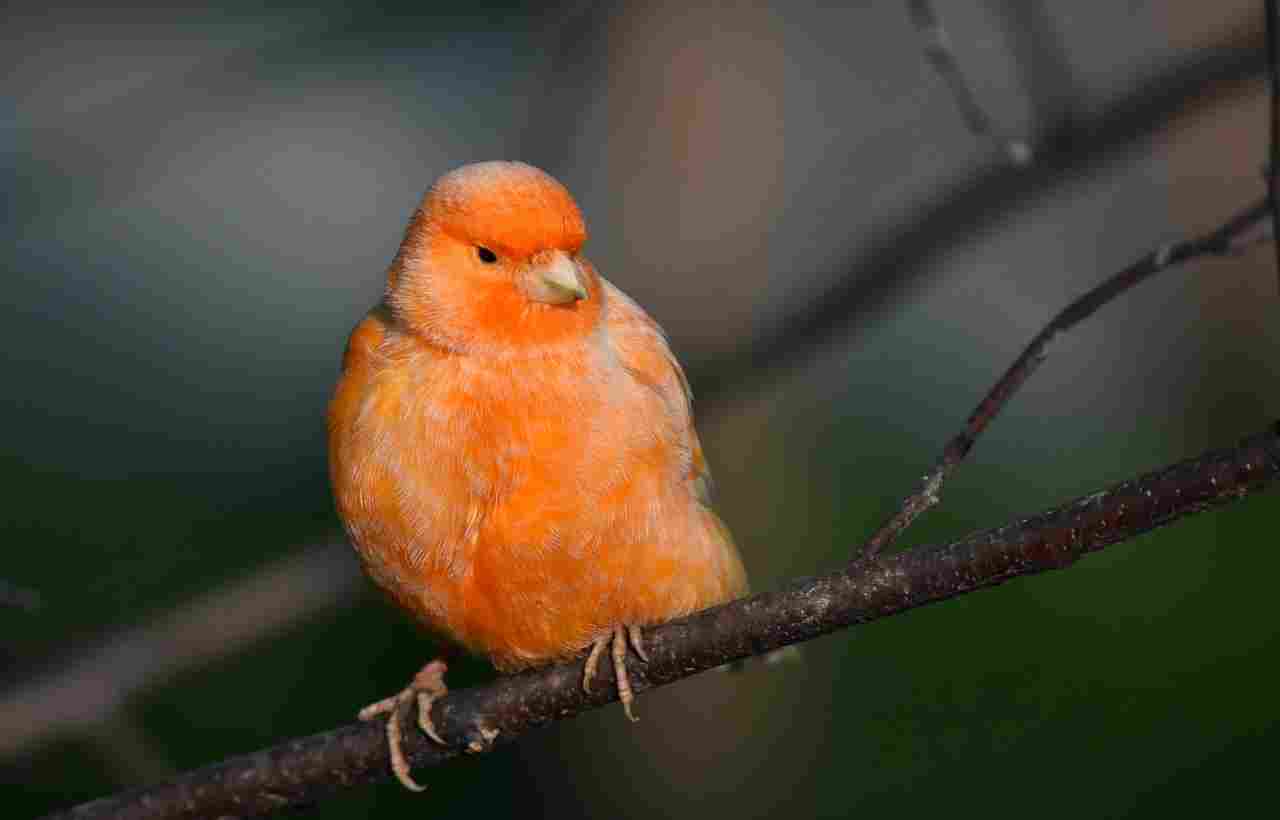


One Comment